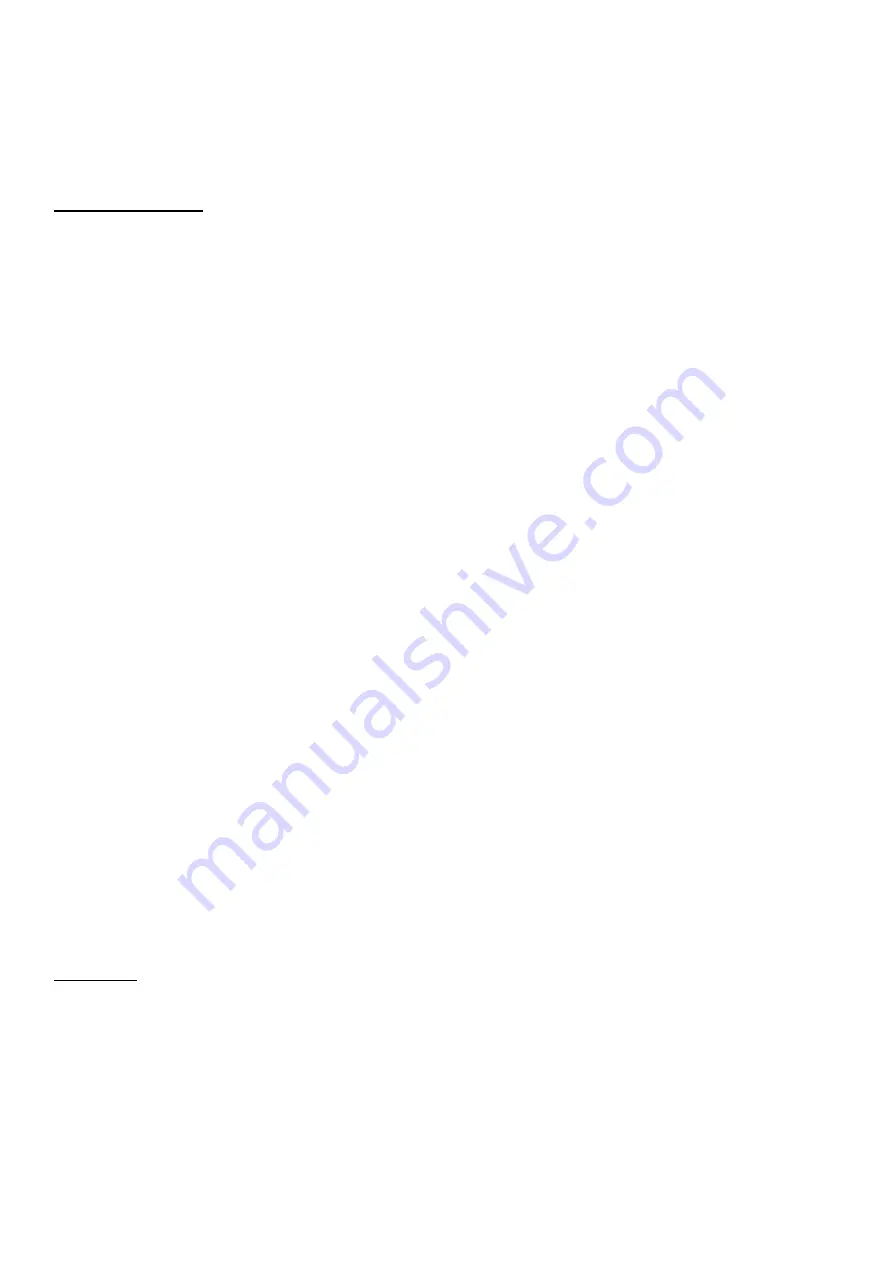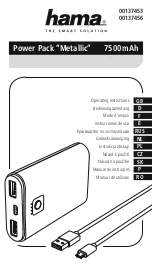
6
Perfect both for hard and soft fruit such as apple, grapevine, plum, cherry, currant and many other types of fruit available
in the Polish market.
Steps:
1
– Preparation of fruit
This is the most important step in pressing juice from fruit. Well prepared fruit is easily pressed. Without proper
preparation, pressing will be very difficult and the result will not be satisfactory.
Prior to commencement of pressing, fruit should be washed thoroughly and all rotten pieces should be removed. Failure
to do so may lead to wine or juice diseases.
Next, place the fruit in a large vessel (for example, a plastic fermentation container, bucket or a big bowl) and grind it.
Soft fruit such as strawberry, raspberry, currant, blackberry and cherry or plum is comminuted by crushing. Please
ensure that the fruit is not ground excessively.
For stone fruit, prior to commencing grinding, stones needs to be removed (leaving stones during the entire period
of wine fermentation may lead to generation of some hydrocyanic acid that is hazardous to health.
Apples, pears or similar should be chopped into small pieces.
The next step of processing fruit pulp depends on the type of fruit used.
Cherries, gooseberries or plums (soft fruit) should be left for 24 hours, covered and in a cold place. This process
is called maceration - fruit tissue softens and juice is released.
Apples or pears, called hard fruit, directly after grinding should be covered with 2 - 4 litres of boiled water (temperature
approx. 80°C). The aim of this process is to soften the fruit tissue and inactivate selected enzymes that are naturally
present in fruit, which interaction could have a negative effect on the quality of the fruit pulp. Quantity of water added
in this process should be noted down. Fruit placed in the container should be tightly covered and left for cooling.
The process of releasing juice from both types of fruit pulp can be accelerated and intensified by adding a natural
enzyme preparation - PECTIC ENZYME. Adding this enzyme increases efficiency of releasing juice from fruit.
In the case of the first type of fruit pulp (from soft fruit), preparation should be added directly after the fruit has been
ground, in the second case (hard fruit), preparation should be added once the pulp is cooled. Pectic enzyme causes
further softening of fruit tissues, followed by intensive juice release. The preparation contains enzymes - pectinases,
the same as the ones occurring in the fruit. Increasing their concentration causes significant acceleration of juice release,
and what is very important - decreases viscosity of liquid - thus facilitating the process of oozing out and extracting
(pressing) the fruit.
Fruit pulp with preparation should be mixed and left covered for 4 - 9 hours.
After that time, juice extraction can be commenced using the press.
2
– Pressing
Put the press frame with a piston to a horizontal position. Place a vessel under the juice flow out point. Insert
pre-prepared fruit pulp into the basket. Put the press frame to a vertical position and commence the pressing process.
Pressing should be done slowly. If a filtration bag is included to the set, you should put it in the basket wrapping
its edges over the basket and fill the bag with the previously prepared fruit pulp. Wrap the bag edge towards the basket
interior, place the press frame in a vertical position and start pressing.
Press slowly. When you notice that the bag slots are clogged and no juice is drained, take the bag out of the basket
and displace its content by pressing manually. Place the bag with the pipe back into the basket and continue pressing.







































